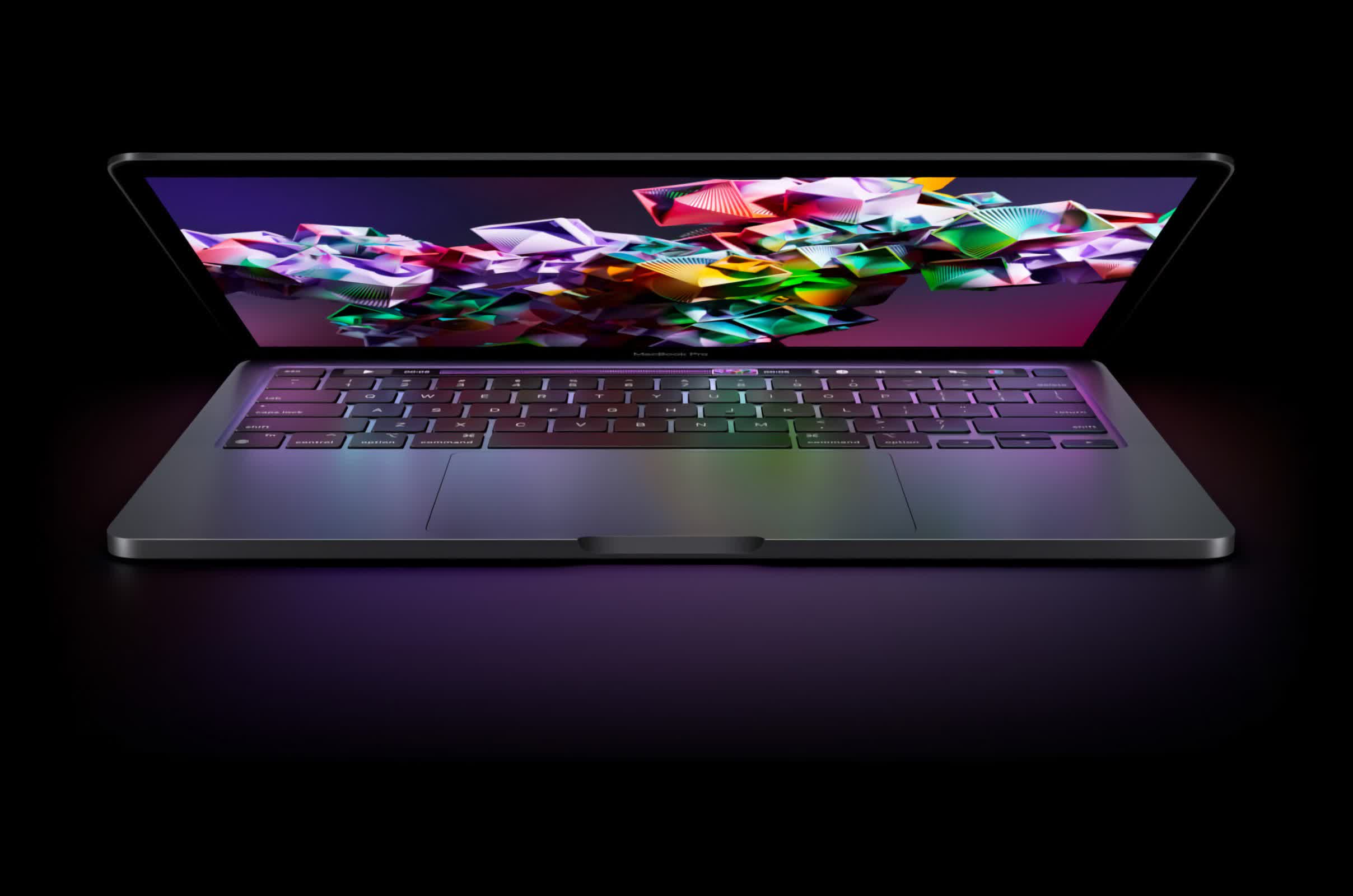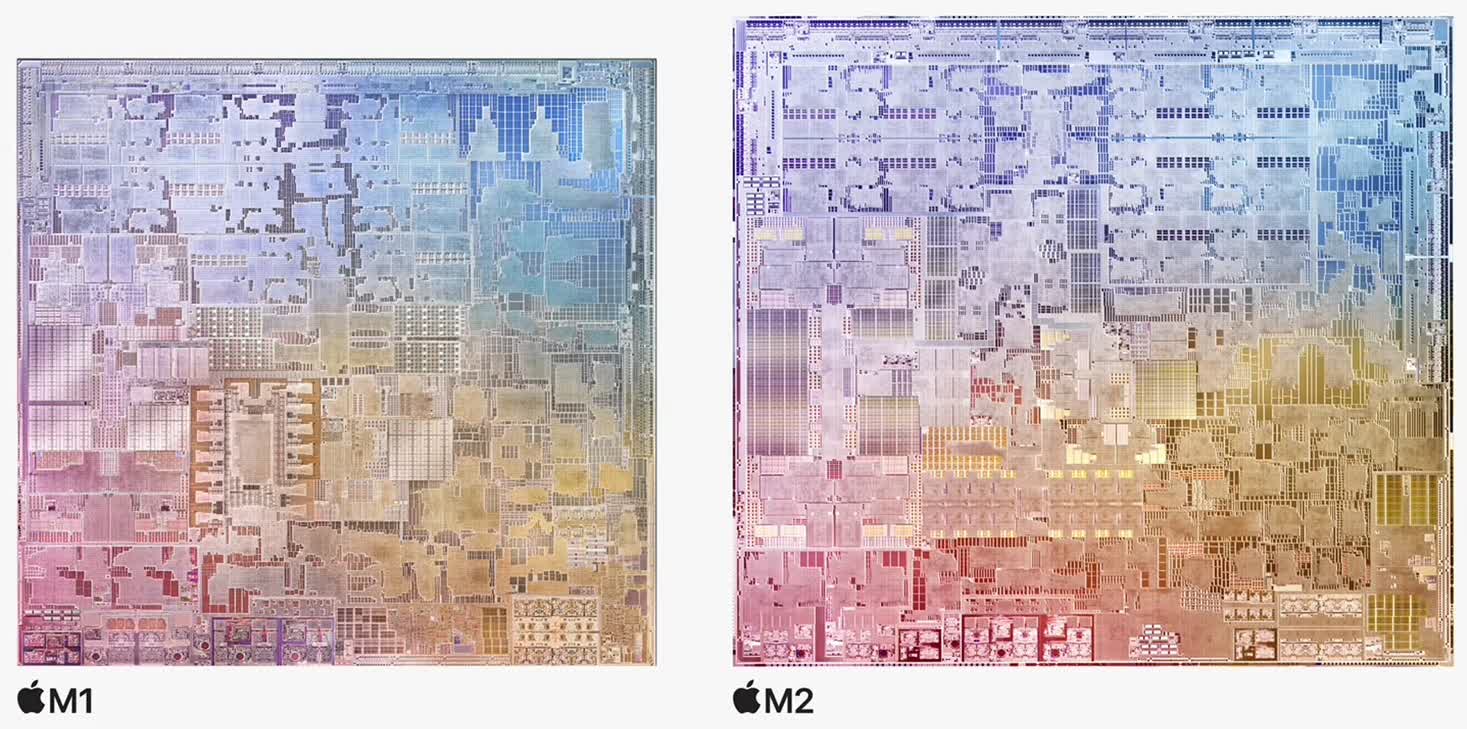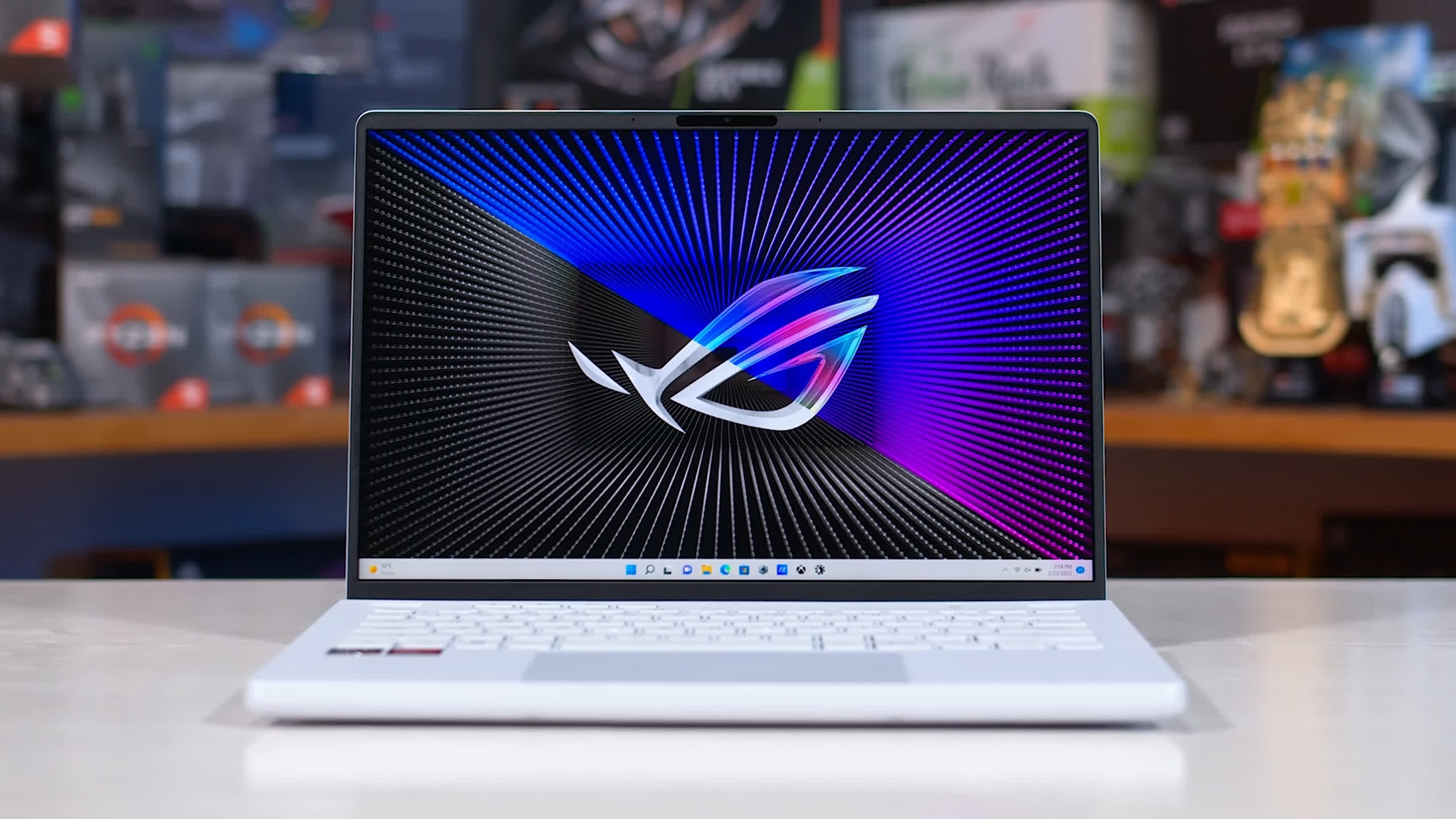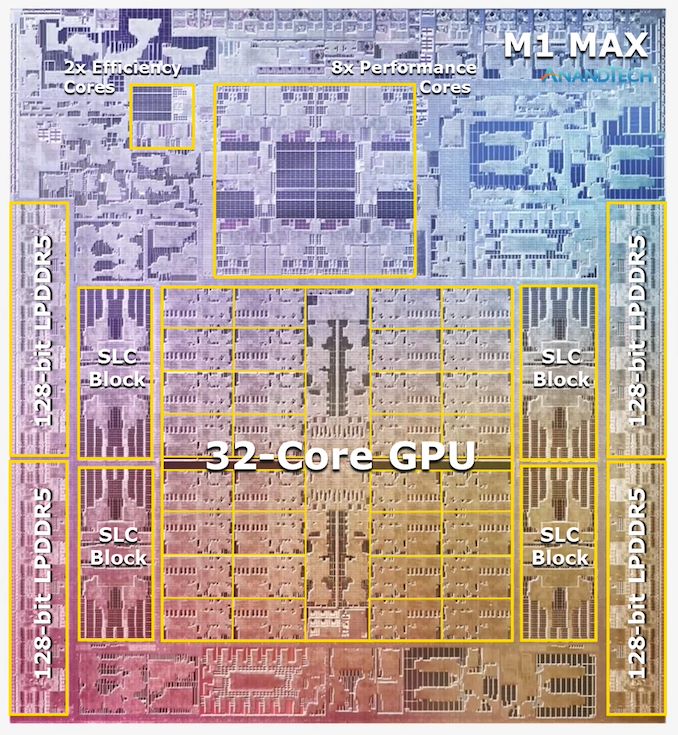Something to look forward to: Even if Apple's M2 series of SoCs don't feature significantly-improved performance compared to the M1s, they'll probably still be some of the most efficient chipsets found in today's laptops - beating most if not all of their x86-based competitors in that department.

Last week, Apple unveiled their new M2 SoC, which will start shipping in the redesigned MacBook Air and 13-inch MacBook Pro next month. Fortunately, we don't have to wait that long to get a sneak peek at their performance as someone with access to the laptops has ran GeekBench 5 on them.
Starting with the CPU results, the M2 got a score of 1,919 in the single-threaded test and 8,929 in the multi-threaded assessment. That's an improvement of 11 percent and 18 percent, respectively, compared to the M1 in the 2020 13-inch MBP.

As expected, there isn't a massive leap in CPU performance. The M2 uses the same "Avalanche" and "Blizzard" microarchitectures as the A15 Bionic found in the iPhone 13 series. These don't feature significant IPC gains over previous-gen architectures, instead relying on larger caches, faster LPDDR5 memory, and higher clock rates thanks to TSMC's N5P process node.
However, the GPU results look more promising. In the GeekBench 5 Metal API benchmark, the M2 scored 30,627, a whopping 43 percent more than the M1 equipped with eight GPU cores. It's unknown whether the M2 tested here is the eight-core GPU variant or the 10-core one, although my money is on the latter considering the massive performance difference.
It's worth noting that GeekBench isn't the best benchmark to gauge real-world performance. You can check out our review of the M1 Pro to see how well it performs across a variety of applications and even games.
https://www.techspot.com/news/94975-here-first-benchmarks-apple-upcoming-m2-chip.html


